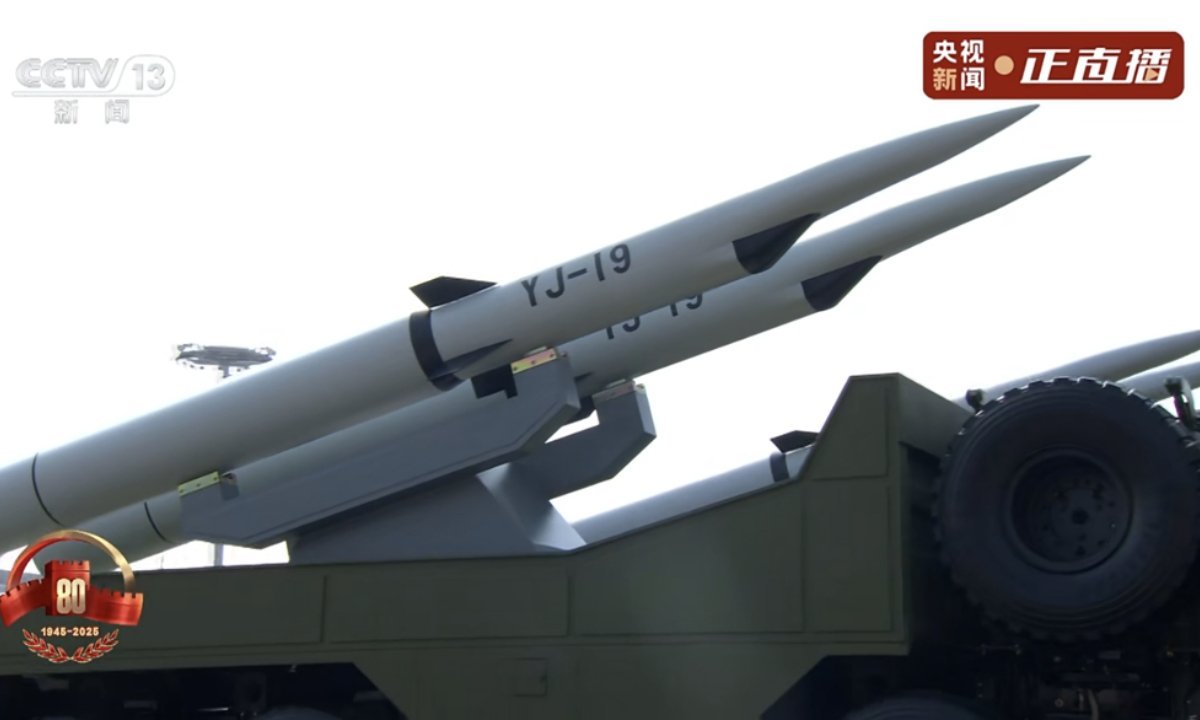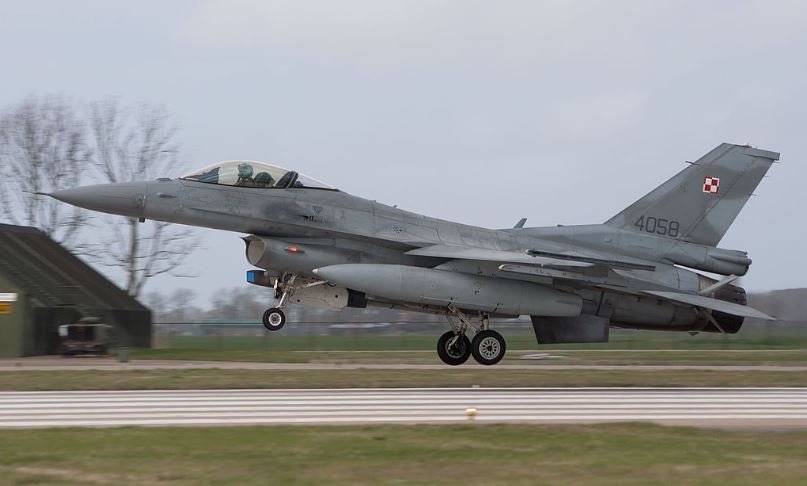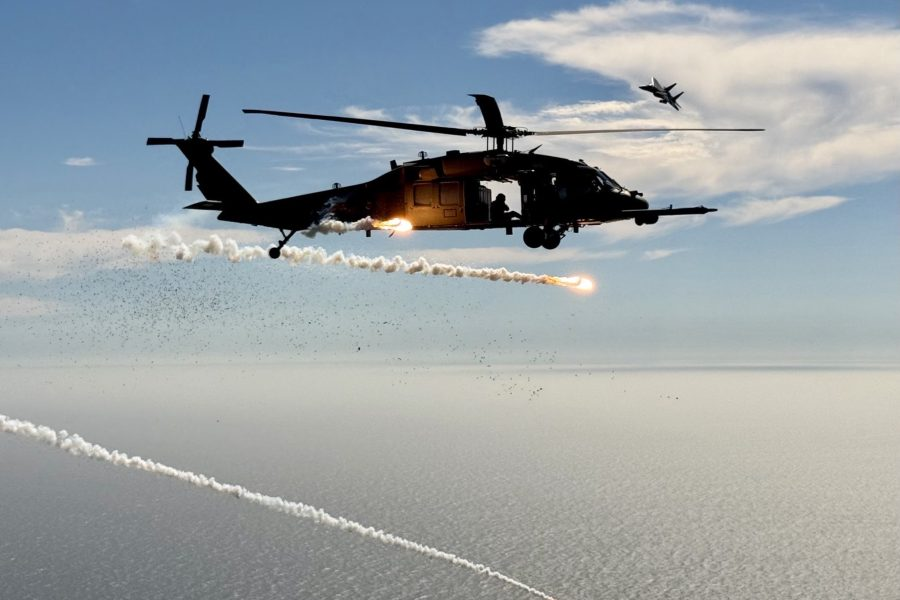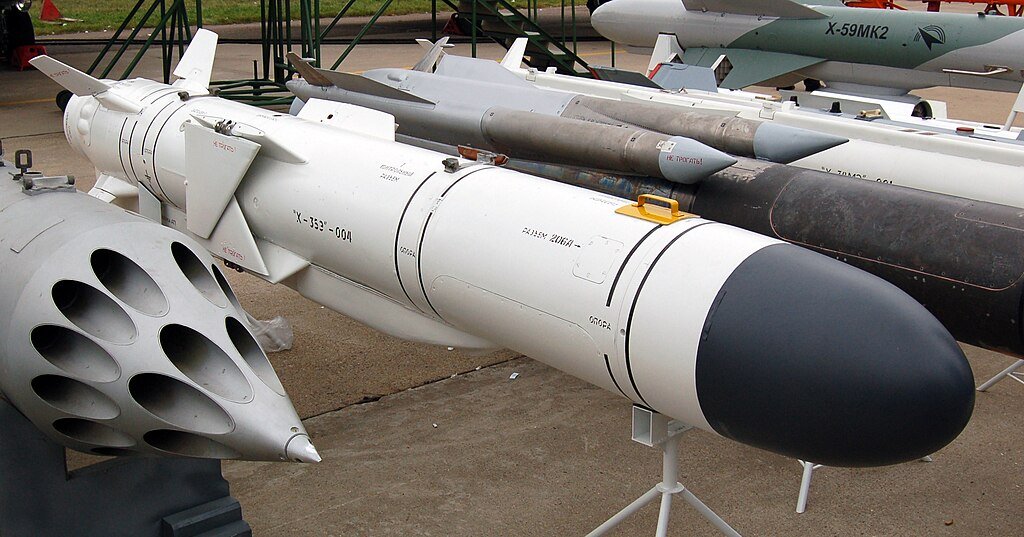
US vs. China: F-47 as the key to air superiority in a new era
In response to China’s expansion in the air domain, the United States is launching the development of a prototype of the F-47, a sixth-generation fighter jet, which is intended to restore American dominance in a dangerously evolving strategic environment.
In a world where competition between great powers is shifting to high-tech areas, the United States is trying to respond to China’s growing aviation challenges. While China is gradually expanding its fleet of stealth aircraft and building layered anti-aircraft networks, the United States is looking for a new shift — a transition from existing generations of fighters to a sixth-generation platform that can operate not only as a separate combat unit, but as a node in a larger network-oriented system.
From NGAD to F-47
The Next Generation Air Dominance (NGAD) program represents a fundamental shift for the US Air Force – it is not a mere replacement of fifth-generation aircraft, but a concept of a “family of systems” in which the aircraft will be a key communication and operational hub linked to unmanned units. The USAF has already officially confirmed that the contract for the engineering and production phase of the F-47 platform has been awarded to Boeing, and that this project is intended to overcome the technological limitations of aircraft such as the F-22 in an environment of highly competitive air defense systems.
The development of the F-47 was not a completely spontaneous decision, but a logical continuation of the research programs called X-plane, which served as technology demonstrators for key elements of the new aircraft. Two prototypes were developed and flew in 2019 and 2022, their task being to verify aerodynamics, new materials and control systems. These demonstrators provided the technological foundation for defining the shape, stealth characteristics, and sensor integration that will be key to the final design of the F-47. Boeing won out over other bidders, including Lockheed Martin, in March 2025 to become the prime integrator of the F-47 platform for the USAF. According to some analyses, the contract includes a request for at least 185 aircraft.
The propulsion system remains a key challenge. The engine for the F-47 is being developed as part of a separate Next Generation Adaptive Propulsion (NGAP) program, in which GE Aerospace and Pratt & Whitney compete. However, according to publicly available documents, there have been delays in development by more than two years due to supply chain difficulties and technical challenges. In some scenarios, it is considered that the first versions of the F-47 will be deployed with a transitional engine, while the fully adaptive propulsion will come later.
The modularity of the F-47 design is designed to allow the replacement of sensor modules, communication systems and even weapons systems according to the specific mission and the development of the technological environment. This allows for a gradual upgrade without the need for a complete reconstruction of the aircraft. In addition, the design allows for close cooperation with unmanned aerial vehicles. The F-47 should function as a central control node for a fleet of drones that can carry additional sensors or weapons, thereby multiplying the power of the “networked combat system”.
Sixth generation technological innovations (and controversial points)
A key element of the future sixth generation flight is adaptive propulsion – an engine that changes its parameters between high power and higher efficiency as needed. In the NGAD project, both main companies – GE Aerospace and Pratt & Whitney – have already advanced through important design revisions of their engines (e.g. XA102, XA103), confirming the continuation of prototyping of these technologies. But they must overcome the challenges associated with cooling systems, electrical power and heat dissipation, which are very demanding in a manned stealth platform.
Stealth is no longer enough for the 6th generation – the F-47 is expected to offer “Stealth ++”, i.e. an extended spectrum of stealth in the radar, infrared and electronic domains. The design of the location of air intakes, exhausts, sensor integration and concealment of external antennas is critical.
Modular architecture is one of the fundamental pillars of the F-47 design. This will allow the replacement or upgrade of sensors, computer modules, communication elements or electronic weapons without the need for major structural changes. This is especially crucial because the pace of technology is accelerating – what is cutting-edge today may be surpassed tomorrow.
One of the most futuristic concepts is that the manned F-47 will not be alone, but will lead a swarm of autonomous or semi-autonomous drones that will act as “wingmen”. These drones can carry additional sensors, reconnaissance systems, decoys, electronic jamming, and even offensive weapons. The advantage is that the pilot does not have to take risks where drones can be used. But this places great demands on synchronization, communication latency, and the reliability of autonomous algorithms — failures in these areas could be fatal, especially in an environment with jamming or cyberattacks.
Strategic Context: Responding to China
The current pace of Chinese armaments in the air domain poses one of the greatest challenges for the United States in recent decades. China is significantly accelerating the production of stealth aircraft J-20, which have already become the backbone of its air force. According to Pentagon estimates and intelligence analyses, the number of operationally deployed units will exceed 250 before the end of 2025, while production continues. This rapid increase in the number of modern machines gives Beijing the ability to massively cover the East Asian sky and strengthen its position in the South China Sea and over Taiwan.
Washington’s response is an accelerated modernization of its air capabilities with the aim of maintaining air dominance.
In terms of international impacts, the F-47 is not expected to be offered for export. The project remains top secret and intended exclusively for the US Air Force. Nevertheless, its conceptual elements — especially the cooperation of a piloted machine with autonomous drones — serve as inspiration for allied programs. Britain is developing the Tempest project, Japan its F-X program. A clear trend is emerging: Western countries are responding to China not only with individual aircraft, but with a whole paradigm shift in the conduct of air operations.


Max Bach


















